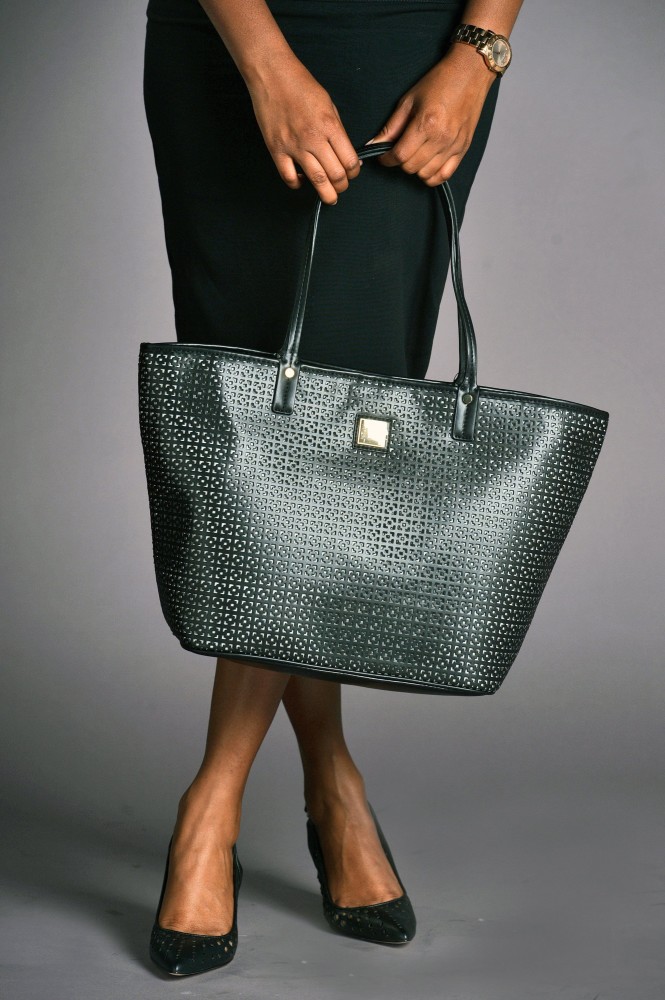By Cristina Bolling
The Charlotte Observer
You’ve earned the degree, nailed the interview and scored that first job. Now, it’s time to look the part.
Navigating out of the casual college wardrobe and into workplace-appropriate outfits can be a pricey puzzle, but it doesn’t have to be.
Every workplace has its own style, from buttoned-up banks to the colorful creative environments. The trick is to quickly figure out what’s appropriate and practical for your line of work.
Some rules always apply: People who look put-together and take care in their appearance will make a better first impression than those who dress sloppily. And new hires should try to draw attention to their work ethic and skills, not to what they’re wearing.
“If you have to ask somebody if what you’re wearing is work appropriate, it’s probably not,” says Jessica Hensen, a corporate recruiter for the fast-growing marketing company Red Ventures, based in Fort Mill, S.C.
Red Ventures has a relaxed approach to dress; even CEO Ric Elias wears jeans and a polo to work most days.
But Hensen stresses that although company leaders believe “you don’t have to be dressed in a suit to be professional and successful,” certain things are no-nos: short skirts, ripped jeans and tank tops.
At MetLife’s Charlotte, N.C., office, there’s a more formal approach.
Workers in sales who interact with customers wear suits and ties, while those who don’t see customers follow business-casual style with a collared shirt and dress pants. Some departments allow jeans on Fridays, but not the ripped or casual kind; structured jeans in darker denim are the norm.
“We know everyone wants to be an original and stand out, but from a corporate standpoint, a little bit more conservative is better,” says Jason Moore, sales desk manager in MetLife’s office in Charlotte’s Ballantyne neighborhood.
Women are advised to wear closed-toe shoes instead of sandals, and men to wear lace-up shoes “that don’t resemble anything like a sneaker.”
“If you run into (a high-level manager) in the elevator, think about how you want to look in front of that person,” Moore says,
“so think of it as an interview every day.”














































































































































































































































































































































































